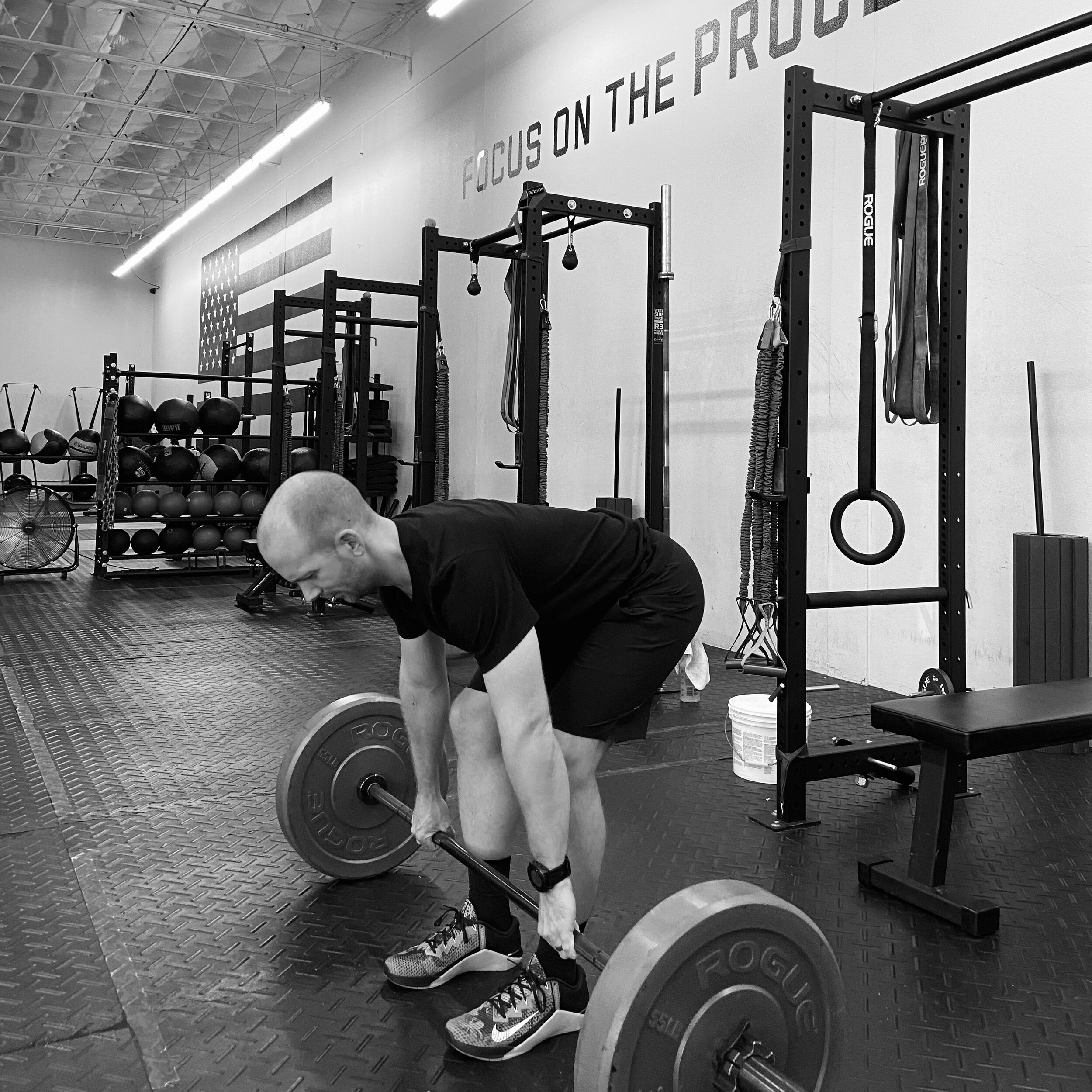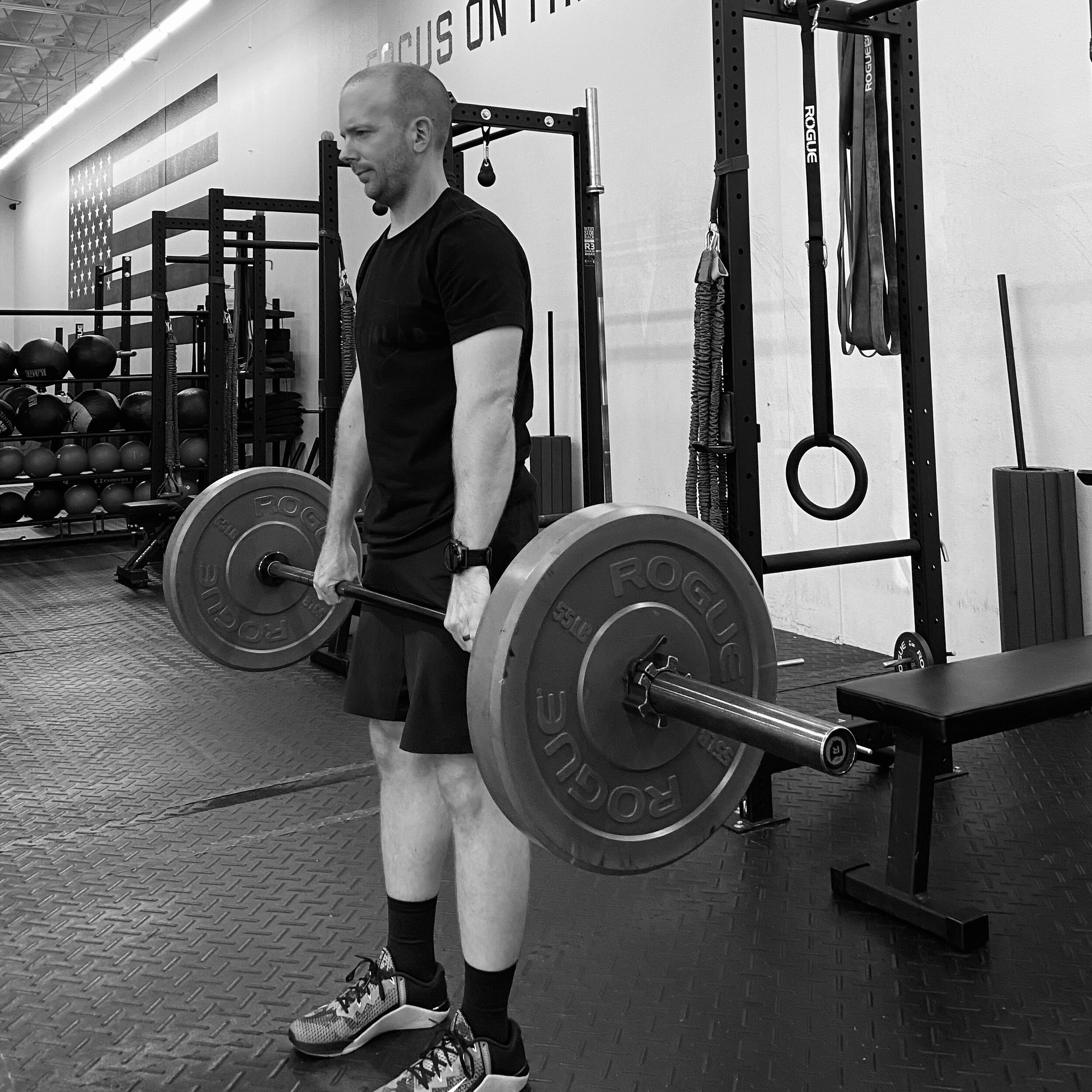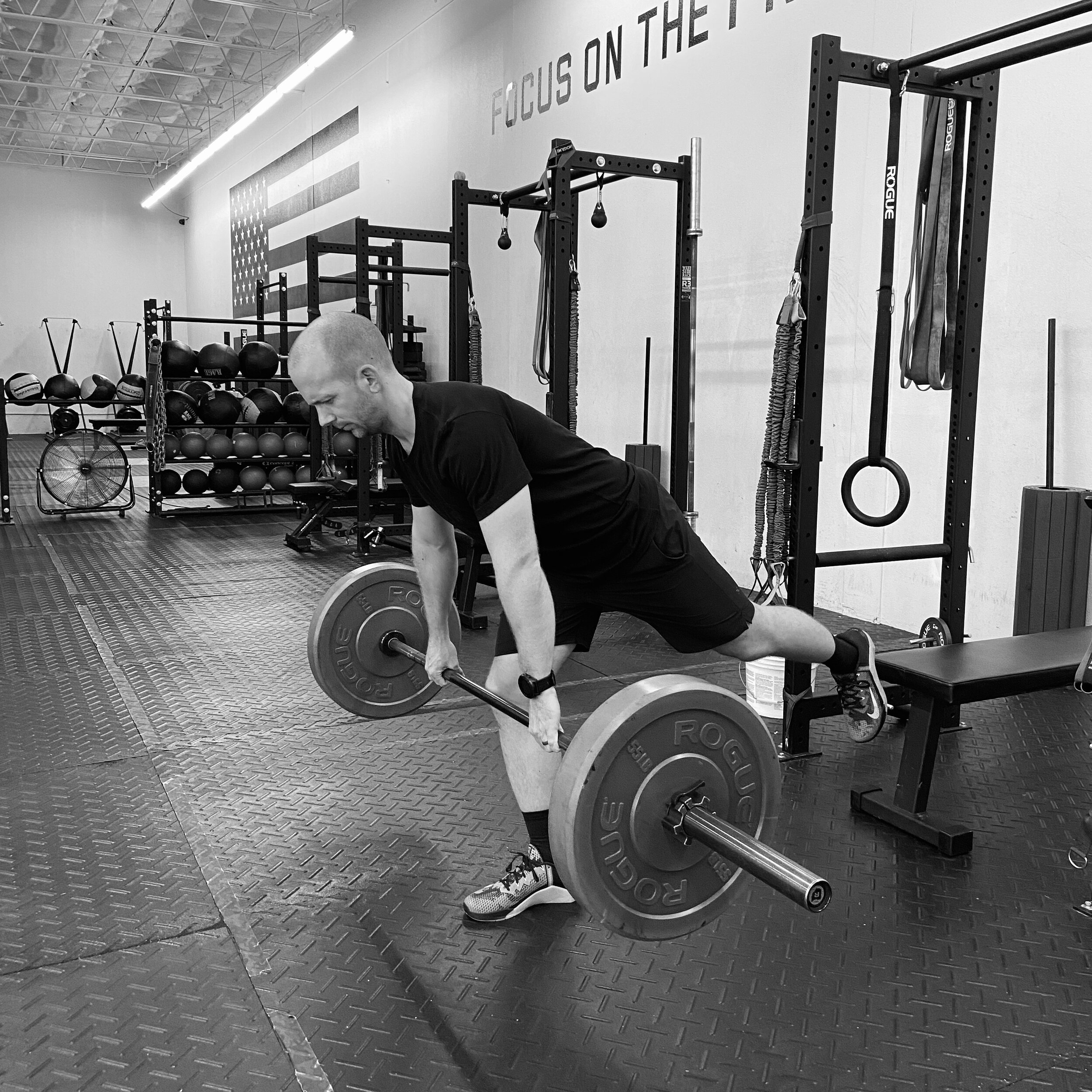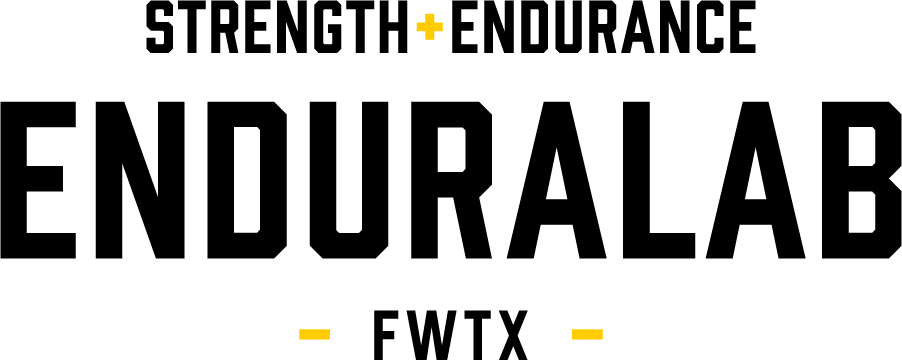Deadlifts get a bad rep. Maybe it’s the name…but most likely it is all of the “professionals’“ recommending athletes to stay away from them because they are an “unsafe” exercise (yes the quotations are there for a purpose). First, any movement can cause injury or harm if performed improperly, with too much load or volume. Second, this movement alone is known to help make your back and hips stronger. Talk about a magic pill! Let’s dive into the movement, common form breakdowns to watch out for and how to modify/progress the deadlift.
To paraphrase one of my favorite Bret Contreras quotes, “If you think deadlifts are dangerous, try having a weak back. A weak back is dangerous.” Deadlifts are incredibly safe when performed with good form and at proper loads, volume and range of motion for your athlete. In fact, we’ve rehabbed older adults post back surgery and utilized them to prevent/reverse osteopenia and osteoporosis (a population in which most would consider deadlifting to be too dangerous). The key is, as with any movement, they need to be tailored to the ability of the athlete.
At enduraLAB, we believe deadlifting is one of the best functional exercises you can do to improve posterior chain strength, core stability, power development and overall frame strength. We’ve coached a lot of athletes over the years and have seen our share of form breakdowns. If we had to narrow it down to our top five, these are what we would choose:
- Starting position: While this can include a lot of form errors, the two biggest are torso and bar position. When we teach the deadlift, we often make our athletes repeat the set up until they can show proficiency before moving onto the actual lift.
- Building tension: Before you start a deadlift, we want you to be building tension throughout the body and all the way through the bar. We do this with proper breath, engaging the posterior chain (especially hamstrings and lats) and taking “slack” out of the bar.
- Bar path: We want the bar to move in a straight line. Starting or allowing the bar to come too far away from the body increases strain on the lower back and is probably the most common mistake leading to back pain.
- Overextension at the top: You should finish the lift standing completely vertical and squeezing your quads and glutes. If you’ve watched enough people deadlift, you’ve seen it. The big extension at the top in which the athlete continues their hip thrust and swing the shoulders behind the hips. Every time I see that low back overextend I cringe. Nothing like getting a huge lift only to shut off your glutes, abs and compress that low back!
- Jerking/Bouncing: It is important to show control throughout the entire lift to get a strong and healthy back. We see this form breakdown at two different parts of the deadlift. Either the athlete doesn’t build tension properly (#2) and jerks the bar off the floor or they slam the bar into the ground after a rep and try to catch it on the rebound for the concentric part of the movement. Both are bad. If you want to get strong and have a healthy back, it is important to show control throughout the entire movement.
We program a lot of deadlifts and we want our athletes to be educated on how to modify the movement for their current skill level and physical ability. As you may have seen when we look at bodyweight exercises, we can modify/progress a weighted movement the same way:
- Change the angle: We need to first check the athletes’ range of motion in the movement. Can an athlete achieve a good torso position with the conventional deadlift form? Do we need to switch to a Sumo stance to allow a better starting position or should we elevate the bar due to mobility concerns. We could even bring in a trap bar to elevate and bring the hands into a neutral position. The possibilities are endless under a knowledgeable coach.
- Focus on tempo: You need to own the weight and the range of motion before increasing either. Athletes can achieve this by slowing down each rep, pausing at certain points and “kissing” the bar off the floor/surface instead of “bouncing” it. By slowing down the reps, you can focus on proper technique as well as increase your time under tension (and get stronger).
- Change points of contact: It is important, especially when rehabbing from an injury or if you are newer to a lift, to focus on unilateral work. This is extremely beneficial in the deadlift as it allows an athlete to strengthen any side-to-side deficits, create stability in the lower body and forces the athlete to slow the movement down. You can also increase the load on the individual leg with less load requirement on the low back (i.e. a single-leg deadlift of 135# vs. a conventional deadlift of 270#).
- Increase the load/volume: Once you own the movement, can control the weight throughout and have a good grasp on unilateral work, you can begin to increase load or volume (but not both at the same time). There are several programs out there that have load/volume progressions that you can follow, but the best will always be the one with a skilled coach who knows you. After all, if you want to improve your back health having a coach who will be there to ensure proper form, design a progression for your current level of fitness and modify for anything that can pop up (inside or outside the gym) will get you to your goals faster.
Still have questions about the deadlift or how to apply it to your current program? Click here to book your free intro consultation today!






